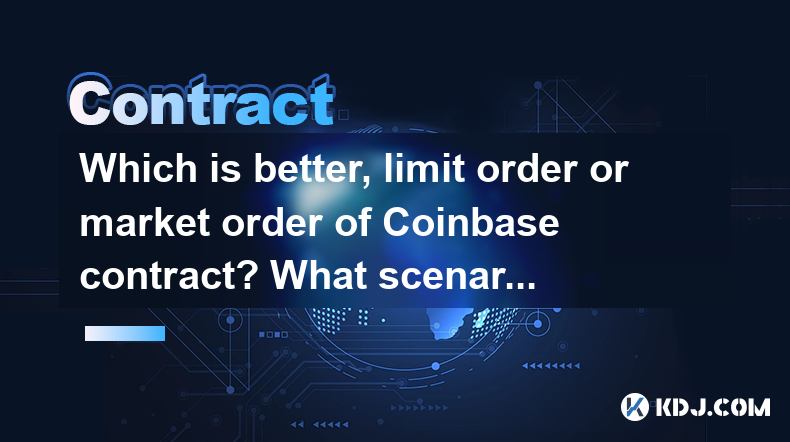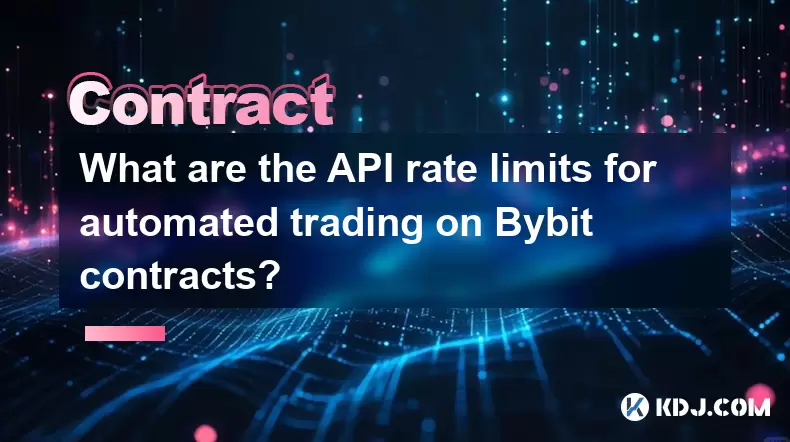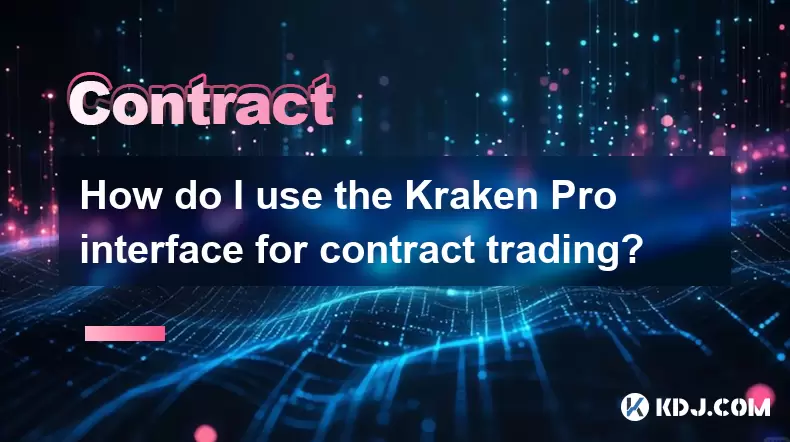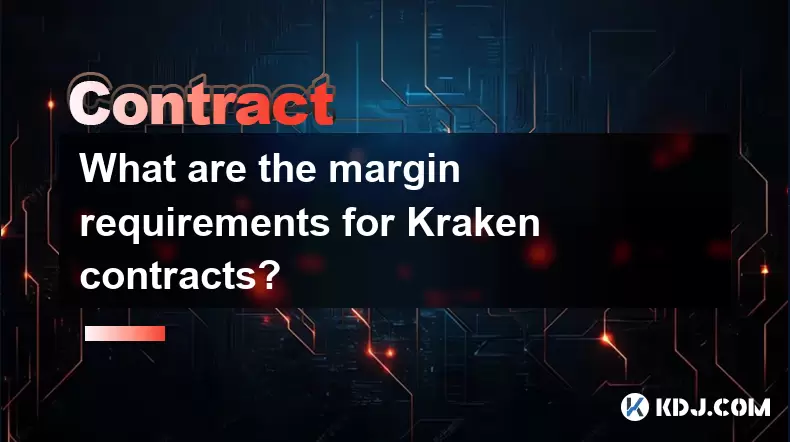-
 Bitcoin
Bitcoin $117600
2.11% -
 Ethereum
Ethereum $3907
6.13% -
 XRP
XRP $3.288
9.68% -
 Tether USDt
Tether USDt $1.000
-0.01% -
 BNB
BNB $784.8
2.00% -
 Solana
Solana $174.3
3.60% -
 USDC
USDC $0.9997
-0.03% -
 Dogecoin
Dogecoin $0.2220
8.04% -
 TRON
TRON $0.3379
0.01% -
 Cardano
Cardano $0.7829
5.46% -
 Stellar
Stellar $0.4348
8.84% -
 Hyperliquid
Hyperliquid $40.50
6.38% -
 Sui
Sui $3.757
7.22% -
 Chainlink
Chainlink $18.41
10.06% -
 Bitcoin Cash
Bitcoin Cash $581.6
1.91% -
 Hedera
Hedera $0.2586
5.37% -
 Avalanche
Avalanche $23.30
4.67% -
 Ethena USDe
Ethena USDe $1.001
0.01% -
 Litecoin
Litecoin $122.0
2.62% -
 UNUS SED LEO
UNUS SED LEO $8.972
-0.23% -
 Toncoin
Toncoin $3.338
1.14% -
 Shiba Inu
Shiba Inu $0.00001282
3.76% -
 Uniswap
Uniswap $10.38
6.88% -
 Polkadot
Polkadot $3.852
4.63% -
 Dai
Dai $1.000
0.02% -
 Bitget Token
Bitget Token $4.463
2.29% -
 Monero
Monero $263.6
-7.22% -
 Cronos
Cronos $0.1496
4.78% -
 Pepe
Pepe $0.00001106
4.91% -
 Aave
Aave $284.3
8.09%
Which is better, limit order or market order of Coinbase contract? What scenarios are suitable for each?
On Coinbase, choose limit orders for price control and market orders for quick trades; consider market conditions and your strategy to optimize outcomes.
May 04, 2025 at 07:56 pm

When trading on Coinbase, one of the most critical decisions you'll face is choosing between a limit order and a market order. Both types of orders have their own advantages and are suited to different trading scenarios. Understanding the nuances of each can significantly impact your trading strategy and outcomes.
Understanding Limit Orders
A limit order allows you to specify the price at which you want to buy or sell a cryptocurrency. You set a limit price, and the order will only be executed if the market reaches that price. This type of order gives you more control over the price you pay or receive, but it does not guarantee that the order will be executed.
- Advantages of Limit Orders: They are ideal for traders who want to buy or sell at a specific price. They help you avoid the volatility of the market and ensure you get the price you want.
- Disadvantages of Limit Orders: There's a risk that the order might not be filled if the market does not reach your specified price. This can be particularly problematic in fast-moving markets.
Understanding Market Orders
A market order is an order to buy or sell a cryptocurrency at the current best available market price. This type of order is executed immediately, ensuring that the trade is completed, but you have no control over the price at which it is executed.
- Advantages of Market Orders: They are perfect for traders who want to execute a trade quickly. They are especially useful in highly liquid markets where the price difference between orders is minimal.
- Disadvantages of Market Orders: The biggest risk is that you might end up buying at a higher price or selling at a lower price than you intended, especially in volatile markets.
Scenarios Suitable for Limit Orders
Limit orders are particularly useful in the following scenarios:
- When you want to buy at a lower price: If you believe the market price will eventually drop to a certain level, you can set a limit order to buy at that price. This can help you get a better deal than the current market price.
- When you want to sell at a higher price: If you think the market price will rise, you can set a limit order to sell at a higher price. This allows you to maximize your profits.
- In less liquid markets: In markets where there's a wide spread between the bid and ask prices, limit orders can help you get a better price than what's currently available on the market.
Scenarios Suitable for Market Orders
Market orders are best suited for the following situations:
- When you need to execute a trade quickly: If you need to buy or sell a cryptocurrency immediately, a market order ensures that your trade is executed without delay.
- In highly liquid markets: In markets where there's a lot of trading activity and the spread between the bid and ask prices is narrow, market orders are less likely to result in a significant price difference.
- When the price difference is minimal: If the current market price is very close to your desired price, a market order can be a good choice because it ensures that your trade is executed quickly.
Comparing Limit and Market Orders on Coinbase
On Coinbase, both limit orders and market orders are available, and the choice between them depends on your trading strategy and market conditions.
Using Limit Orders on Coinbase: To place a limit order on Coinbase, you'll need to follow these steps:
- Log into your Coinbase account.
- Navigate to the trading section.
- Select the cryptocurrency you want to trade.
- Choose "Limit" as the order type.
- Enter the amount of cryptocurrency you want to buy or sell.
- Set your limit price.
- Review your order and submit it.
Using Market Orders on Coinbase: To place a market order on Coinbase, the steps are similar but slightly different:
- Log into your Coinbase account.
- Navigate to the trading section.
- Select the cryptocurrency you want to trade.
- Choose "Market" as the order type.
- Enter the amount of cryptocurrency you want to buy or sell.
- Review your order and submit it.
Practical Examples of Using Limit and Market Orders
To illustrate the differences between limit and market orders, consider the following examples:
- Example of a Limit Order: Suppose you want to buy Bitcoin (BTC) and believe the current market price of $50,000 is too high. You set a limit order to buy 1 BTC at $48,000. If the market price drops to $48,000, your order will be executed, and you'll buy 1 BTC at that price.
- Example of a Market Order: Suppose you want to sell Ethereum (ETH) and the current market price is $3,000. You place a market order to sell 1 ETH. Your order is executed immediately at the best available price, which might be slightly above or below $3,000 depending on market conditions.
Factors to Consider When Choosing Between Limit and Market Orders
When deciding between a limit order and a market order, consider the following factors:
- Market Volatility: In highly volatile markets, limit orders can help you avoid buying at a peak or selling at a trough. Market orders, on the other hand, can be risky in such conditions.
- Liquidity: In highly liquid markets, the difference between limit and market orders is less significant. In less liquid markets, limit orders can help you get a better price.
- Trading Strategy: If your strategy involves buying at a specific price or selling at a specific price, limit orders are more suitable. If your strategy requires quick execution, market orders are better.
- Risk Tolerance: If you're willing to take the risk of not having your order filled in exchange for a better price, limit orders are a good choice. If you prioritize speed and certainty of execution, market orders are more appropriate.
Frequently Asked Questions
Q1: Can I cancel a limit order on Coinbase if it hasn't been executed yet?
Yes, you can cancel a limit order on Coinbase at any time before it is executed. To do this, go to your open orders, find the limit order you want to cancel, and select the option to cancel it.
Q2: What happens if I place a market order during a period of low liquidity?
During periods of low liquidity, placing a market order can result in significant price slippage. This means you might end up buying at a much higher price or selling at a much lower price than you anticipated because there are fewer orders available to match yours.
Q3: Can I use both limit and market orders in the same trading session on Coinbase?
Yes, you can use both limit and market orders in the same trading session on Coinbase. You can switch between the two types of orders depending on your trading needs and market conditions.
Q4: How does Coinbase handle partial fills for limit orders?
Coinbase allows for partial fills of limit orders. If your limit order cannot be fully executed at your specified price, it may be partially filled, and the remaining portion of your order will stay open until it can be filled at your specified price or until you cancel it.
Disclaimer:info@kdj.com
The information provided is not trading advice. kdj.com does not assume any responsibility for any investments made based on the information provided in this article. Cryptocurrencies are highly volatile and it is highly recommended that you invest with caution after thorough research!
If you believe that the content used on this website infringes your copyright, please contact us immediately (info@kdj.com) and we will delete it promptly.
- Cold Wallet Crypto in 2025: The Future is Now, Ya'll
- 2025-08-08 05:10:13
- MAGACOIN, SOL, and ADA: A Tale of Shifting Tides in Crypto
- 2025-08-08 05:10:13
- SHIB Price, PEPE, and the Memecoin Supercycle: Who Will Reign Supreme?
- 2025-08-08 05:50:12
- Pudgy Penguins Price Prediction: Google Trends & Breakout Signals
- 2025-08-08 05:50:12
- UAE Crypto Regulation: SCA and VARA Unite to Streamline the Future of Digital Assets
- 2025-08-08 05:55:48
- MAGACOIN Finance: The Presale Phenomenon Rocking the Crypto World
- 2025-08-08 05:55:48
Related knowledge

Are there any fees for futures settlement on OKX?
Aug 08,2025 at 05:35am
Understanding Futures Settlement on OKXFutures settlement on OKX refers to the process by which open futures contracts are automatically closed or mar...

How to use the OKX margin calculator for futures?
Aug 08,2025 at 05:15am
Understanding the OKX Margin Calculator for FuturesThe OKX margin calculator is a specialized tool designed to assist traders in estimating the requir...

How to find and copy experienced traders on Bybit contracts?
Aug 08,2025 at 06:00am
Understanding Copy Trading on BybitBybit offers a copy trading feature that allows users to automatically replicate the contract positions of experien...

What are the API rate limits for automated trading on Bybit contracts?
Aug 08,2025 at 06:08am
Understanding API Rate Limits on BybitWhen engaging in automated trading on Bybit contracts, understanding the API rate limits is essential to prevent...

How do I use the Kraken Pro interface for contract trading?
Aug 08,2025 at 05:00am
Understanding the Kraken Pro Interface for Contract TradingThe Kraken Pro platform is designed for advanced traders who require speed, precision, and ...

What are the margin requirements for Kraken contracts?
Aug 08,2025 at 05:42am
Understanding Margin in Kraken Futures TradingWhen engaging in futures trading on Kraken, traders must understand that margin is the collateral requir...

Are there any fees for futures settlement on OKX?
Aug 08,2025 at 05:35am
Understanding Futures Settlement on OKXFutures settlement on OKX refers to the process by which open futures contracts are automatically closed or mar...

How to use the OKX margin calculator for futures?
Aug 08,2025 at 05:15am
Understanding the OKX Margin Calculator for FuturesThe OKX margin calculator is a specialized tool designed to assist traders in estimating the requir...

How to find and copy experienced traders on Bybit contracts?
Aug 08,2025 at 06:00am
Understanding Copy Trading on BybitBybit offers a copy trading feature that allows users to automatically replicate the contract positions of experien...

What are the API rate limits for automated trading on Bybit contracts?
Aug 08,2025 at 06:08am
Understanding API Rate Limits on BybitWhen engaging in automated trading on Bybit contracts, understanding the API rate limits is essential to prevent...

How do I use the Kraken Pro interface for contract trading?
Aug 08,2025 at 05:00am
Understanding the Kraken Pro Interface for Contract TradingThe Kraken Pro platform is designed for advanced traders who require speed, precision, and ...

What are the margin requirements for Kraken contracts?
Aug 08,2025 at 05:42am
Understanding Margin in Kraken Futures TradingWhen engaging in futures trading on Kraken, traders must understand that margin is the collateral requir...
See all articles

























































































